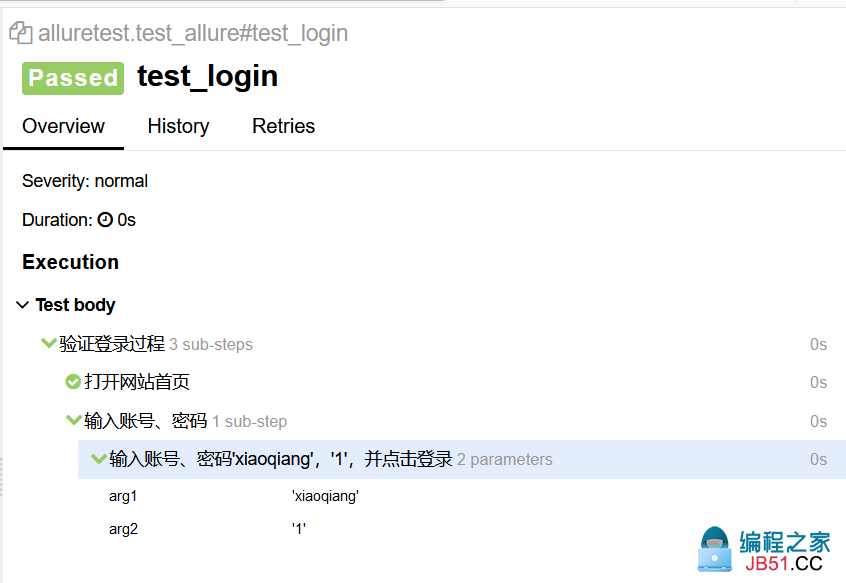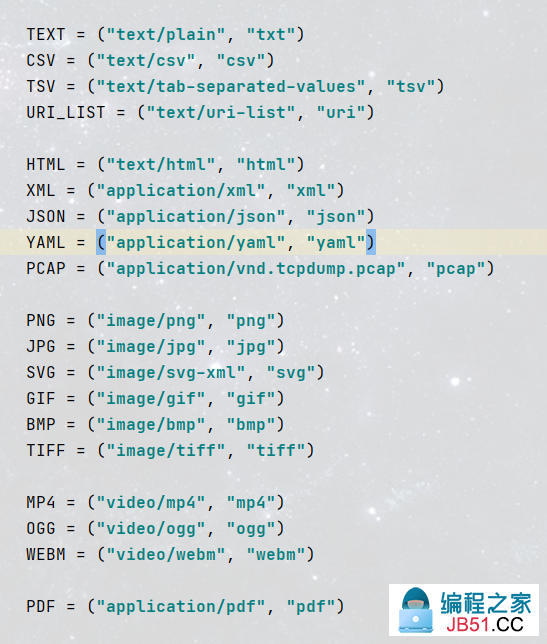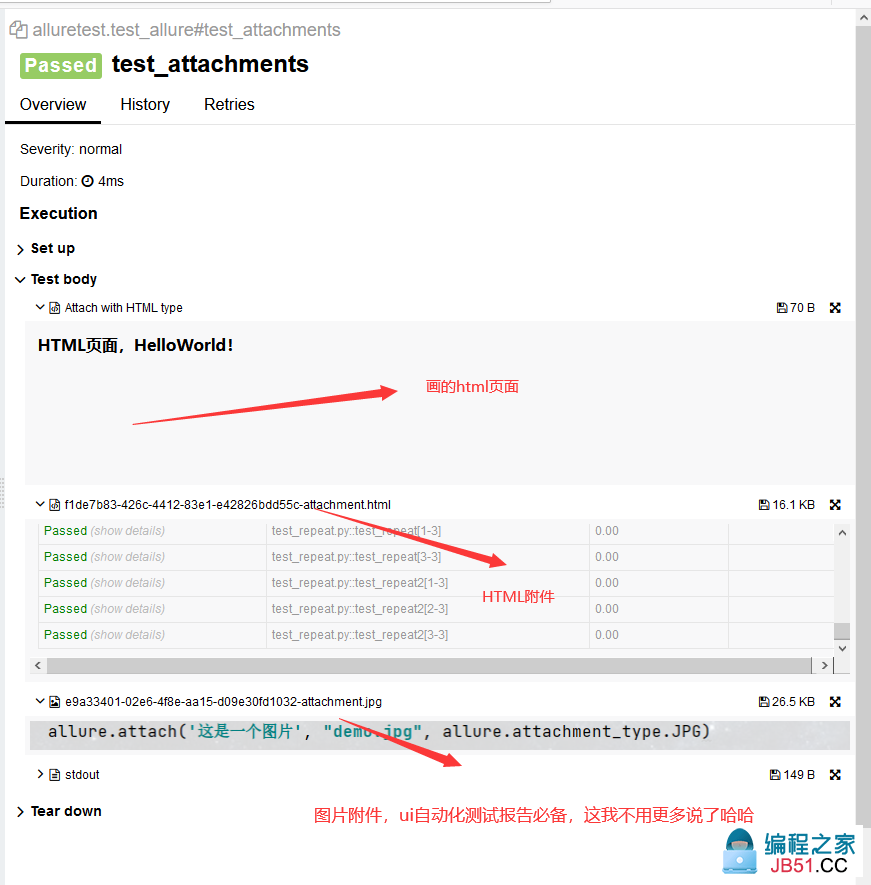一、@allure.step的用法
- 可以理解为我们编写测试用例中的每一步操作步骤,而在allure中表示对每个测试用例进行非常详细的步骤说明
- 通过 @allure.step(),可以让测试用例在allure报告中显示更详细的测试过程
示例代码:
# -*- coding: utf-8 -*-
# @Time : 2020/12/12 8:34
# @Author : longrong.lang
# @FileName: test_allure.py
# @Software: PyCharm
# @Cnblogs :https://www.cnblogs.com/longronglang
import allure
@allure.step("打开网站首页")
def open():
pass
@allure.step("输入账号、密码")
def input_UsernameAndPassWord():
sendAndClickLogin("xiaoqiang","1")
@allure.step("输入账号、密码{arg1},{arg2},并点击登录")
def sendAndClickLogin(arg1,arg2):
pass
@allure.step("验证登录过程")
def test_login():
open()
input_UsernameAndPassWord()
测试用例在allure的显示

小结
- step(参数),参数就是标题,你传什么,在allure上的步骤名就显示什么
- 支持位置参数和关键字参数 {arg1},{arg2},可参考报告中“ 输入账号、密码'xiaoqiang','1',并点击登录”处,如果函数的参数没有匹配成功就会报错
二、allure.attach的用法
作用: allure报告还支持显示许多不同类型的附件,可以补充测试结果;可根据自身情况进行调整
语法: allure.attach(body,name,attachment_type,extension)
参数列表
body:要显示的内容(附件)
name:附件名字
attachment_type:附件类型,是 allure.attachment_type 里面的其中一种
extension:附件的扩展名(比较少用)
allure.attachment_type提供了哪些附件类型?

语法二: allure.attach.file(source,extension)
source:文件路径,相当于传一个文件
示例代码如下:
# -*- coding: utf-8 -*-
# @Time : 2020/12/12 8:34
# @Author : longrong.lang
# @FileName: test_allure.py
# @Software: PyCharm
# @Cnblogs :https://www.cnblogs.com/longronglang
import allure
@allure.step("打开网站首页")
def open():
pass
@allure.step("输入账号、密码")
def input_UsernameAndPassWord():
sendAndClickLogin("xiaoqiang",arg2):
pass
@allure.step("验证登录过程")
def test_login():
open()
input_UsernameAndPassWord()
# 添加附件
def test_attachments():
# 在测试报告中画了一个html页面
allure.attach('<head></head><body><strong>HTML页面,HelloWorld!</strong> </body>','Attach with HTML type',allure.attachment_type.HTML)
# 添加一个html附件
allure.attach.file('./report.html',attachment_type=allure.attachment_type.HTML)
# 添加一个图片附件
allure.attach.file('./demo.jpg',attachment_type=allure.attachment_type.JPG)
在allure报告中展示如下:


